Creating Online Content For Lead Generation
by J. Henrickson for VabMedia.com
Inbound Marketing now dominates because it costs a lot less than traditional outbound marketing (i.e. billboards, television ads, direct mail).
Marketing Used to be a One-Way Street because the marketer published and the consumer consumed. Today though, it’s a twisty road. For one thing, consumers are publishers also. They’re publishing on Facebook, Twitter, Tumblr and Pinterest, among other social media venues. What does this mean for your company, the overall marketing community and lead generation? In sum, it indicates that your brand’s popularity with these social media outlets matters for front-page search engine rankings. You need to create content that’s shareable. Effective marketing today isn’t limited to pure product promotion. Effective marketers provide online content that the consumer/creator will both engage in actively and ideally share on a regular basis-not just when either party have purchasing in mind. Providing consumers with a constant stream of entertaining or useful content helps build relationship networks and establish a brand in the markets subconscious.
First this article articulates types of content that your company can market. Next, it suggests ways to maintain a steady stream of inspiration for fresh search optimized content.
What Does Content Marketing Look Like?
Blogs are one of the best ways to provide content online. Online marketers advise blogging because of its three major benefits:
- Frequent updates help keep your brand fresh in the minds of current leads.
- Your leads might share a great blog with any leads’ social networks.
- The blog expands your website’s overall reservoir of keywords for the search engines and can attract new traffic.
An excerpt from a content marketing blog written for Honduran Joe, a coffee fundraising company, is a good example of these benefits. The blog isn’t about coffee fundraising at all; rather, it’s about the difference between two major types of coffee. Content marketing involves providing useful and/or entertaining content.

The above blog can also be used as a Facebook post on the company’s page:

In addition to blogs, content marketing exists in other forms:
- Facebook posts
- Google+ posts
- YouTube videos
- Press releases
- Ebooks
- Webinars
- Pinterest boards/pins
- Tweets
- Infographics
How to Generate Content Ideas
Posting to blogs, Facebook, Twitter and other sources several times per week might sound overwhelming. How can you maintain a constant stream of ideas for content creation? Here we describe four strategies that foster inspiration:
- Study Your Audience.
- Create Customer Persona.
- Align Content to the Sales Cycle.
- Beg, Buy & Borrow
Study Your Audience
Imagine your standard customers. Develop several detailed customer profiles and use them to create niche campaigns of content marketing. The more targeted a campaign, the more effective it can be. Targeting is especially easy on Facebook. You can see the 3,000 most popular Facebook profile keywords at PurposeInc.com.
When creating a customer profile, ask yourself questions that identify needs and interests:
- What are the customer’s values?
- What motivates them?
- What are their daily and long term goals?
- What problems are they trying to solve?
- What industries do they work in?
- Where do they spend time online?
- What search terms would they use?
- What headlines would they respond to?
- Can you best reach them through blogs, videos, social media, free downloads or something else?
Want to learn more about your audience? You can always ask them directly. However, if you’d rather be quick and anonymous, reference the website www.socialbakers.com. It provides detailed statistics for Facebook, LinkedIn, Twitter and other forums. For example, selecting “Facebook” and “Hong Kong” reveals that about 52% of Facebook users in Hong Kong are female. As a group they seem to like “Groupon Hong Kong” and a shop called “BusyBee.” Google Insights might also be helpful. This website helps assists in comparison of keyword search volumes among geographic regions, time frames and other demographic statistics.
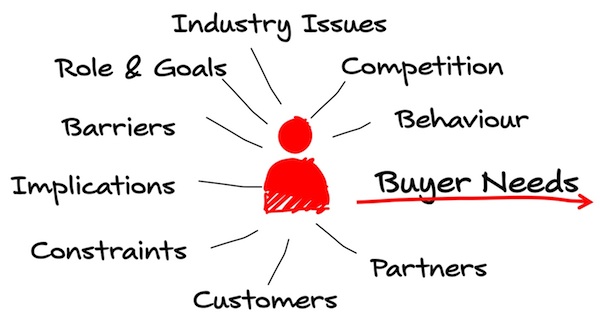
You Need to Start Creating your Customer Persona
The first step is to start developing a persona by researching your existing customer base to identify the most common buyers for your products and services. Customers may have several types of buyers. Creating a detailed description for every customer which encompasses a name, job title/role, industry and other relevant company information is essential. For example, a luxury market residential contractor’s biggest customers may include first time home buyers, people trading up and affluent luxury homeowners. In this case, the contractor’s marketers might name these profiles “Wall Street Trader Ernesto” and “Realtor Bruce” while extrapolating details about their responsibilities, ages, type of business, household income level, and geographic region- just to name a few. Based on the information gathered from such research, outlining the pains, needs, and challenges of each persona is simplified.
What are their Pain or Problem Points?
You’re in business because you’re solving a problem for your target audience. How does that problem affect their day to day life? Go into detail, and focus on the nuances that illustrate how that problem makes them feel. Using the example of “you’re a residential construction company ” is helpful in outlining this method. One of your personas may be a first time home buyer that just bought a home which requires some upgrades. What are the pain points of a first time home buyer? They could be intimidated by the prospect of pursuing home improvements on their own or feel overwhelmed on how they should choose the right contractor. Do they make a decision based on the lowest estimate, builders reviews or case studies? Considering all these factors, they may not be sure where to begin. In contrast, the pain points of a high end luxury client may not be reliant on price, but instead be focused on the quality of the work and whether or not the contractor will finish the renovation schedule on time. Understanding the difference in the motivation factors for each buyer more will assist in figuring out useful content to write such as “10 home renovation tips to consider before your renovation begins”
Align Content to the Sales Cycles
Different content is of different value depending on the stage of a sales cycle. Your content marketing efforts should:
1. Create awareness of your product or service
2. Educate people about your product being a solution
3. Provide comparisons with the competition
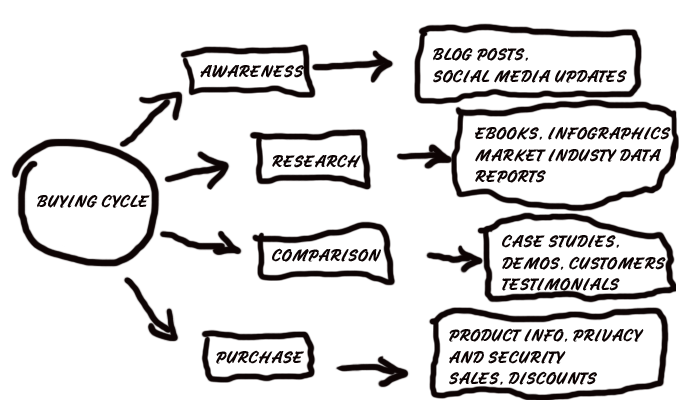
The above steps will lead into the fourth step of a sales cycle: making the purchase. Marketing data has shown that certain types of content work better at different stages of your customers buying process. For example, “awareness” pairs well with blog posts, and social sites like Facebook and Pinterest. Another example of content that fosters awareness comes from Home Depot. The construction supply company provides free do-it-yourself video guides for scores of home improvement projects:
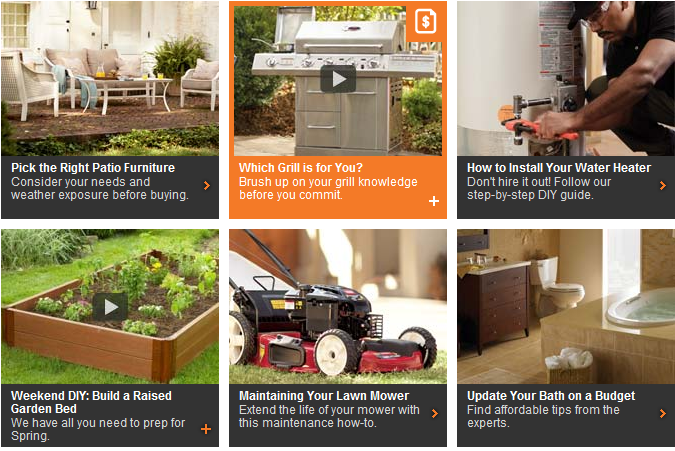
If they are in the “research or education phase” a downloadable eBook may give them a more informed perspective. If they are now in the “comparison stage” considering case studies and customer testimonials may build trust and show real life examples of how your product or service helped or solved a problem. Whatever your product or service, ensure that you address each step of the sales cycle leading up to purchase. Considering the benefits that you will provide by addressing the questions your prospective client has at each step will inspire you to develop friendly, helpful and valuable content for your business.
Beg, Buy & Borrow
The task of creating new content isn’t entirely upon your shoulders. You can:
Beg. Ask another blogger in a related field to write a guest post on your website, reciprocate– ask bloggers to allow you to guest post on their blog. It’s a win-win situation if a lead arises.
Buy. Pay a professional to create Facebook ads or other content, such as custom video ads, Facebook posts, blogs and other forms of content marketing.
Borrow. Find a trending article. Then have a professional copywriter rewrite it for added value or simply repost it with proper attribution. One of our favorite sources for finding trending material is this free tool from SEO Gadget. It pulls stories from Google, Bing, Twitter and organizes them into one keyword spreadsheet.
Conclusion
Of course, content alone cannot generate inbound marketing success. Whatever you create needs to be nestled within a smart overall strategy of SEO, social media engagement, lead nurturing and conversion tracking. But with a stockpile of content and the means to make more, your company can significantly increase its return on marketing investment.


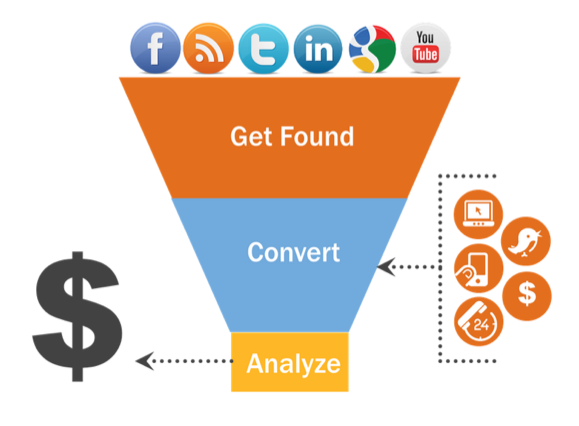
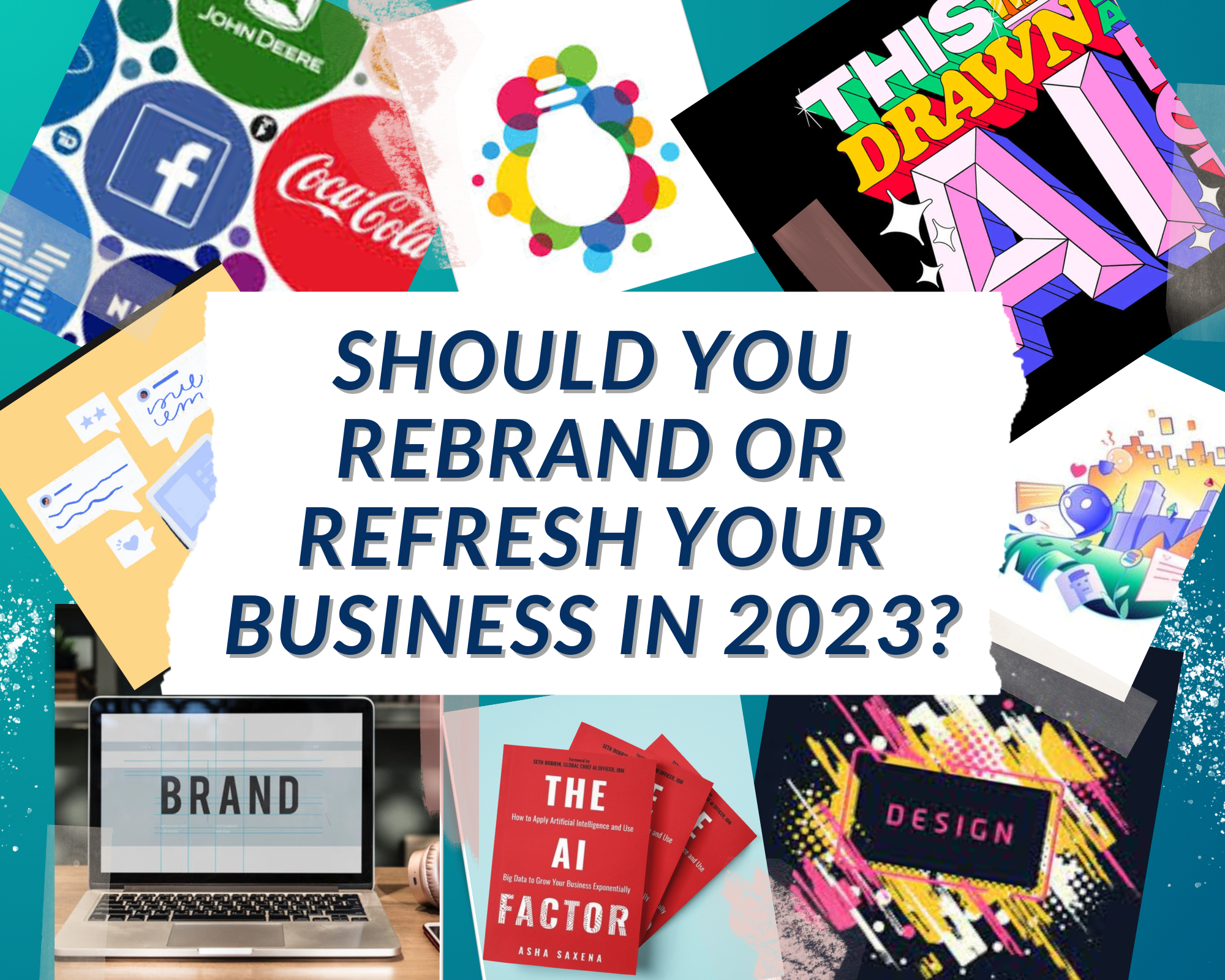


3 Responses
Nicely done… good stuff to study and adopt where possible for your up-to-date Online Marketing strategies.